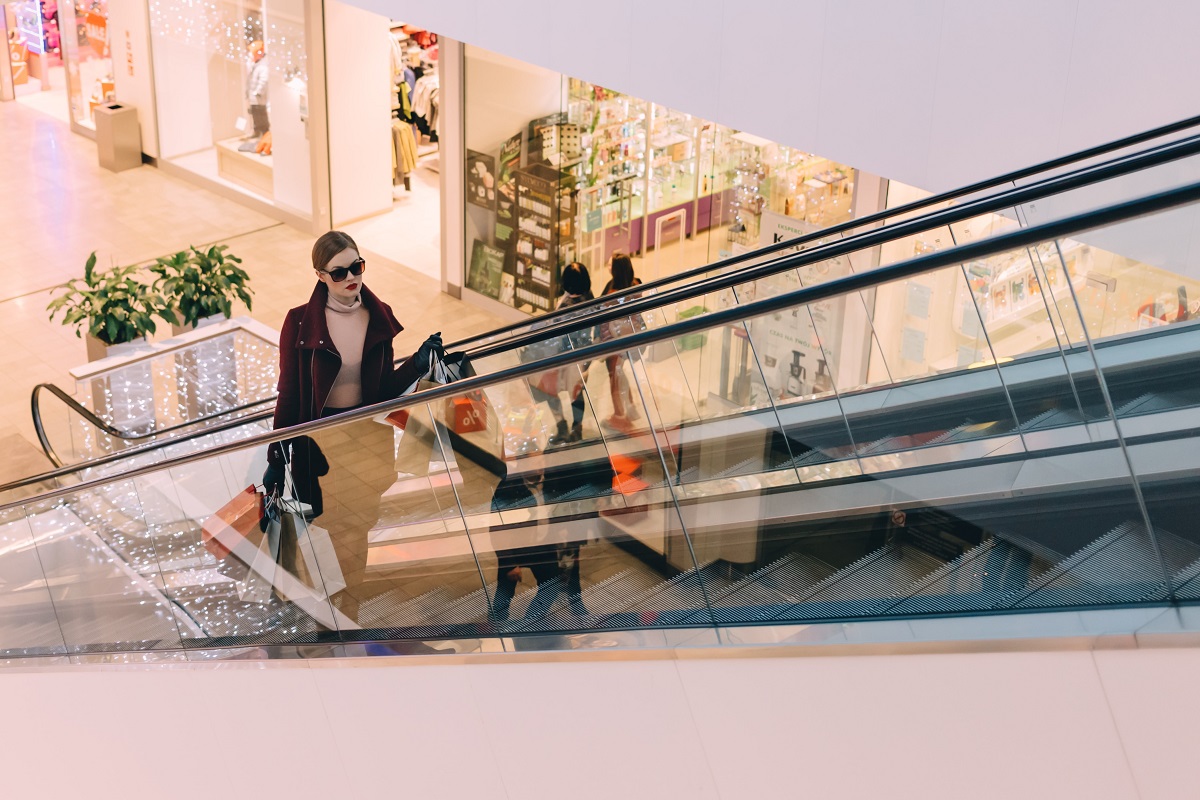Skift Take
The world is preparing for the return of Chinese tourists. However, analysts warn against banking on them having the exact wants and needs as before — especially when it comes to overseas luxury shopping.
An end to China’s travel curbs this month is expected to revive demand in the global luxury retail market, which has been starved of mainland visitors for three years, but many consumers now see more reasons to do their high-end shopping locally.
Share prices of global luxury brands jumped last week after Beijing announced it would loosen travel restrictions from Jan. 8, effectively allowing Chinese tourists to once again flock to global shopping hubs from Paris to Tokyo.
However, analysts and luxury brands warn they are unlikely see an immediate return to pre-pandemic levels of Chinese travellers with airlines yet to fully resume operations and local prices falling. Just as importantly, big luxury brands are now investing more in the shopping experience in China.
One Shanghai shopper, surnamed Mao, said that she had visited boutiques around the world for years, but now believes she gets the best service in China.
“When I would go to Paris, I couldn’t ask the Paris sales people to keep a bag for me, but now here we can,” she said.
Before the pandemic closed borders early in 2020, Chinese shoppers bought 70 percent of their luxury goods abroad.
Under pandemic travel curbs, China’s domestic luxury sales boomed, doubling to 471 billion yuan ($68.25 billion) from 2019 to 2021, according to Bain & Co. Even so, Chinese consumers’ share of the global market fell to 21 percent in 2021 from 25 percent in 2019.
“It won’t go back to 70 percent,” said Jonathan Yan, a principal at consultancy Roland Berger in Shanghai. “I’m sure there will still be a portion of luxury spending happening in other countries, because it’s natural people like to shop when we travel, but it will be more like 50-50.”
Many luxury companies such as LVMH’s Louis Vuitton and Coach-parent Tapestry doubled down in China over the past three years, opening new flagship stores and hosting large fashion shows to reach consumers unable to go abroad.
This helped local staff cultivate relationships with China’s VIP customers, who previously preferred to shop overseas.
Research conducted by Hong Kong-based consultancy Oliver Wyman showed 70 percent of China’s luxury consumers used sales assistants to facilitate purchases while 40 percent communicate with sales staff at least once per week.
Oliver Wyman’s Kenneth Chow says that half of Chinese consumers who bought luxury in 2021 were doing so for the first time.
“It will be interesting to see how new luxury consumers will perceive the difference between domestic and overseas luxury shopping,” he said.
International travel restrictions and local policies to spur spending also drove many consumers to China’s tax-free island of Hainan as a luxury shopping destination.
In 2021, Hainan accounted for 13 percent of China’s domestic luxury spend, versus 6 percent pre-pandemic, and tax regulations are set to continue to loosen. By 2025, luxury brands will be able to operate their own duty-free stores, rather than rely on partnerships with local players such as China Duty Free Group .
Hainan’s popularity is expected to continue, Roland Berger’s Yan says, as only 13 percent of Chinese citizens have a passport, making a tax-free domestic destination enormously attractive.
Hainan, as well as Beijing’s moves to lower import tariffs on luxury goods in 2018 and 2019, have consequently dulled some of the appeal to shop abroad for some more price-conscious shoppers, with handbags now about 10-20% more expensive in China, from 50-60 percent previously.
At 14,400 yuan ($2,090), Louis Vuitton’s medium-sized Neverfull bag is only 18 percent more expensive in Shanghai than in Paris, if travelers claim their 12 percent VAT refund.
Luca Solca, senior research analyst at Bernstein, said brands will continue working to narrow cross-border price differences, though efforts are further complicated by currency depreciation against the dollar.
“The return of the Chinese to Europe, where prices are lower, will take some time,” he said, predicting a widespread return to long-haul travel in 2024.
Searches and bookings for international travel since the announcement that quarantine would be lifted have favoured short-haul international destinations, with Hong Kong, South Korea and Japan topping travel agency searches.
For many, however, the broader offerings of luxury goods overseas combined with the savings means shopping holidays are definitely back on the agenda – good news for Paris retailers.
Lucy Lu, 31-year-old who works in fashion in Shanghai, has already made her travel plans.
“The Bulgari ring my friend wants is 20% cheaper in Dubai and my other friend has given me a list of make-up, some products are often out of stock in China, so it’s easier to get them abroad.”
(Reporting by Casey Hall; Editing by Sam Holmes)
This article was written by Casey Hall from Reuters and was legally licensed through the Industry Dive Content Marketplace. Please direct all licensing questions to [email protected].
![]()
The Daily Newsletter
Our daily coverage of the global travel industry. Written by editors and analysts from across Skift’s brands.
Have a confidential tip for Skift? Get in touch
Tags: asia monthly, china, luxury, tourism
Photo credit: A shopper carrying luxury goods. Chinese tourists are unlikely to return to pre-pandemic overseas shopping habits. Source: Unsplash Unsplash / Unsplash
